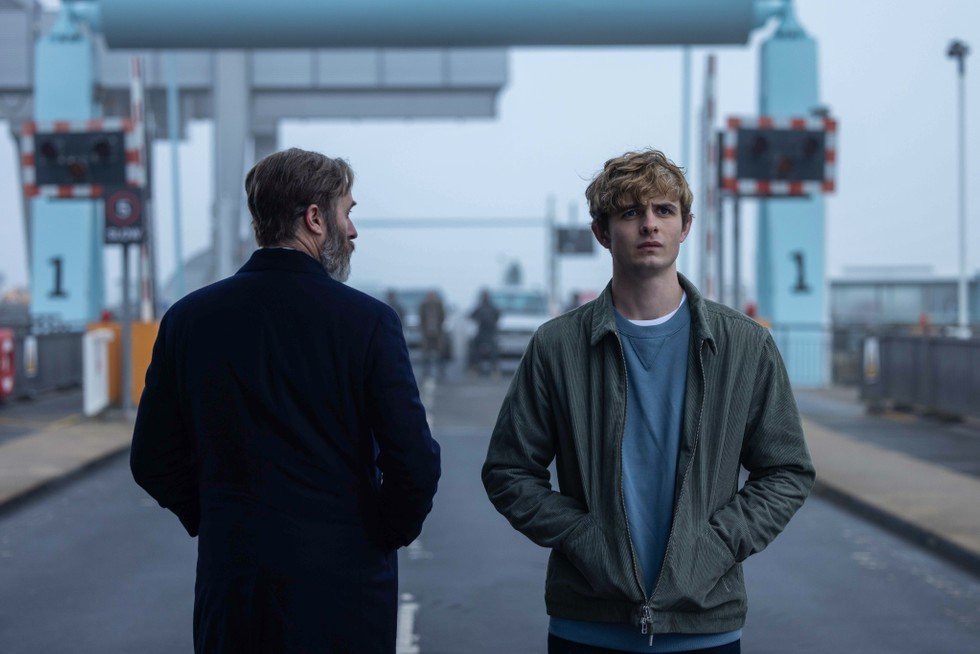Why Producers Should Think Twice Before Asking On-Set Photographers to Shoot Behind-the-Scenes Videos
In the fast-paced, ever-evolving world of film and television production, the roles and responsibilities of crew members are often seen as fluid, adaptable to the needs and demands of the moment. Among these dynamic roles, on-set photographers hold a special place, tasked with capturing the essence of production through still images. However, a growing trend sees producers asking these photographers to also take on the role of shooting behind-the-scenes (BTS) videos. While this request might seem practical at first glance, it's a move that not only dilutes the specialized job of on-set photography but also inadvertently sidelines professionals who are more skilled in videography, thereby affecting the overall quality of the BTS content produced.
Understanding the Distinctive Skills of On-Set Photography and Videography
On-set photography and videography are two distinct crafts, each with its own set of skills, techniques, and creative nuances. Photographers are masters of the still image, capturing split-second moments that convey the emotion, intensity, and artistry of both the production and the moment. They work with a different mindset, focusing on composition, lighting, and the perfect moment that tells a story in a single frame.
Videographers, on the other hand, craft stories in motion. They think in sequences, understanding how one shot leads to the next, the pacing of the narrative, and how to capture the fluidity of action and emotion over time. Their expertise lies in editing, sound design, and the myriad other elements that turn raw footage into compelling video content.
Asking a photographer to also handle videography not only overlooks these specialized skills but also dilutes the quality of both the still and moving images. The result is often a compromise, where neither the photos nor the videos capture the full depth and nuance they could have if produced by specialists focused on their respective crafts.
The Impact on Job Opportunities and Professional Development
When producers opt to have on-set photographers double as videographers, they inadvertently put specialized videographers out of work. This decision not only affects the livelihoods of these professionals but also stifles the industry's growth by undervaluing the importance of dedicated videography roles. In an industry where every job is an opportunity to hone one's craft, develop a portfolio, and contribute uniquely to a project, losing these opportunities to multi-tasking demands can be disheartening and professionally limiting.
Moreover, this trend undermines the career development of both photographers and videographers. It forces photographers to split their focus, potentially hindering their ability to excel and innovate within their primary field. For videographers, it means fewer openings to showcase their talent, explore new techniques, and push the boundaries of what behind-the-scenes content can be.
Quality Over Convenience: The Case for Dedicated Professionals
The quality of BTS content is not merely a reflection of the production process; it's a powerful marketing tool, a way to engage audiences, and an art form in its own right. High-quality, engaging BTS videos require the eye, skill, and expertise of someone who understands video storytelling deeply. Similarly, captivating BTS photographs demand the full attention of a photographer who can anticipate and capture the essence of production in a single frame.
Producers should consider the long-term benefits of investing in dedicated professionals for each role. Not only does this approach elevate the quality of both still and video content, but it also enriches the production with a diversity of perspectives and expertise, ultimately leading to a richer, more engaging behind-the-scenes narrative.
Conclusion
While the pressure to cut costs and streamline production processes is understandable, especially in an industry as competitive as film and television, it's essential to recognize the value that specialized professionals bring to the table. On-set photographers and videographers offer unique skills, perspectives, and contributions that, when leveraged correctly, can significantly enhance the storytelling and marketing potential of a production.
Producers should resist the urge to dilute these roles in the name of efficiency. Instead, by fostering a production environment that values and utilizes the distinct talents of both photographers and videographers, they can ensure that the story of their production is told in the most compelling way possible—through both powerful stills and dynamic videos. This not only benefits the production but also supports the broader ecosystem of creative professionals who bring these stories to life.
